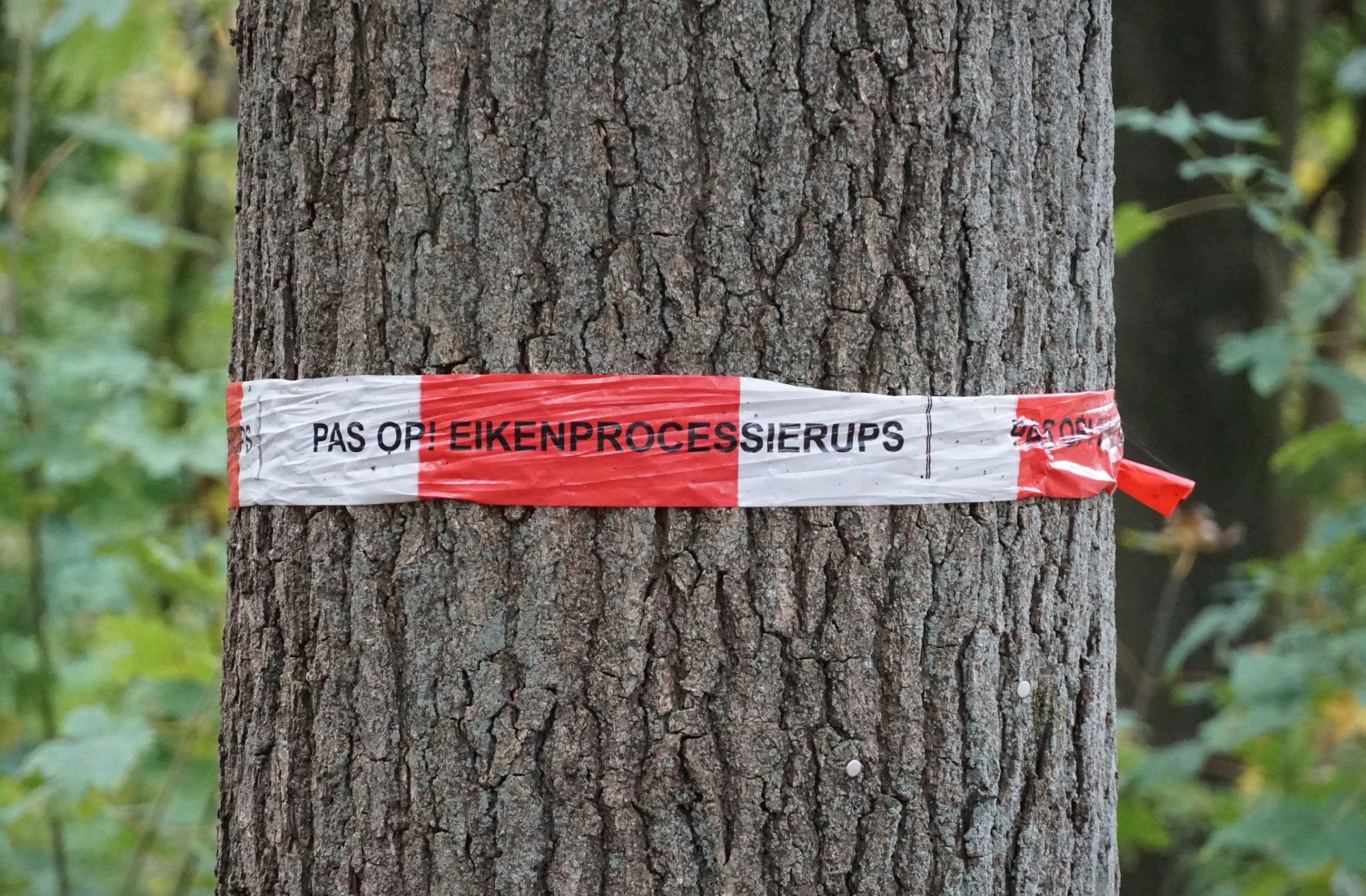
This summer 'only' 30% of trees reportedly house the oak processionary caterpillar. In 2019 this was over 50% . Experts warn, however, to still be careful when near oak trees.
Oak trees that house the oak processionary can be identified by a dense spindle around the branches and trunk of the tree. The caterpillars have stinging hairs that are invisible to the naked eye. Contact with the stinging hairs can cause complaints such as itching, bumps on the skin or cold-like symptoms.
Try to avoid contact with the caterpillar. Make sure your neck, arms and legs are covered, do not touch the caterpillars and do not sit on the floor.
Any children should also be instructed to avoid contact with the caterpillar.
In the event of contact, thoroughly wash or rinse the skin with lukewarm water. Alternatively, strip the skin with adhesive tape. Avoid rubbing or scratching.

Read more about possible complaints and what to do if you have them…
![]() This news item is based on a post by Thuisarts.nl. The information is not intended to replace a consultation with a GP. For personal advice, please contact your GP. Please read our disclaimer.
This news item is based on a post by Thuisarts.nl. The information is not intended to replace a consultation with a GP. For personal advice, please contact your GP. Please read our disclaimer.
